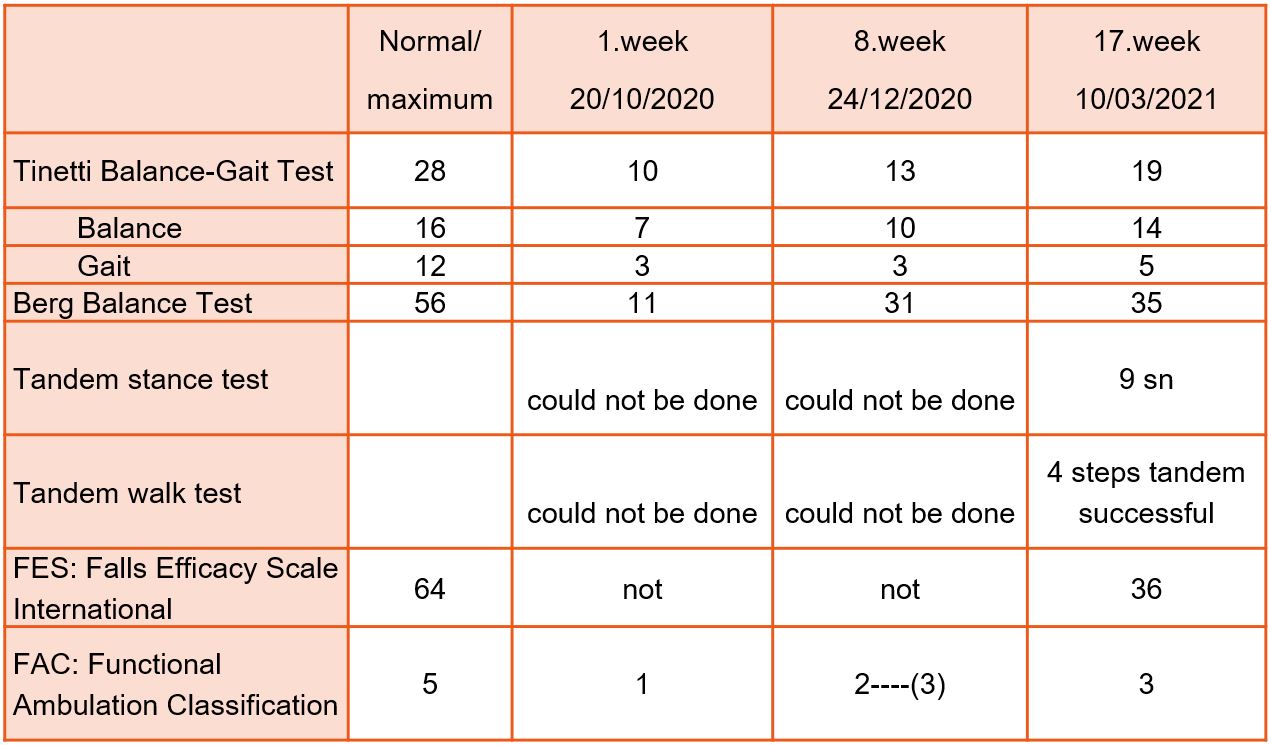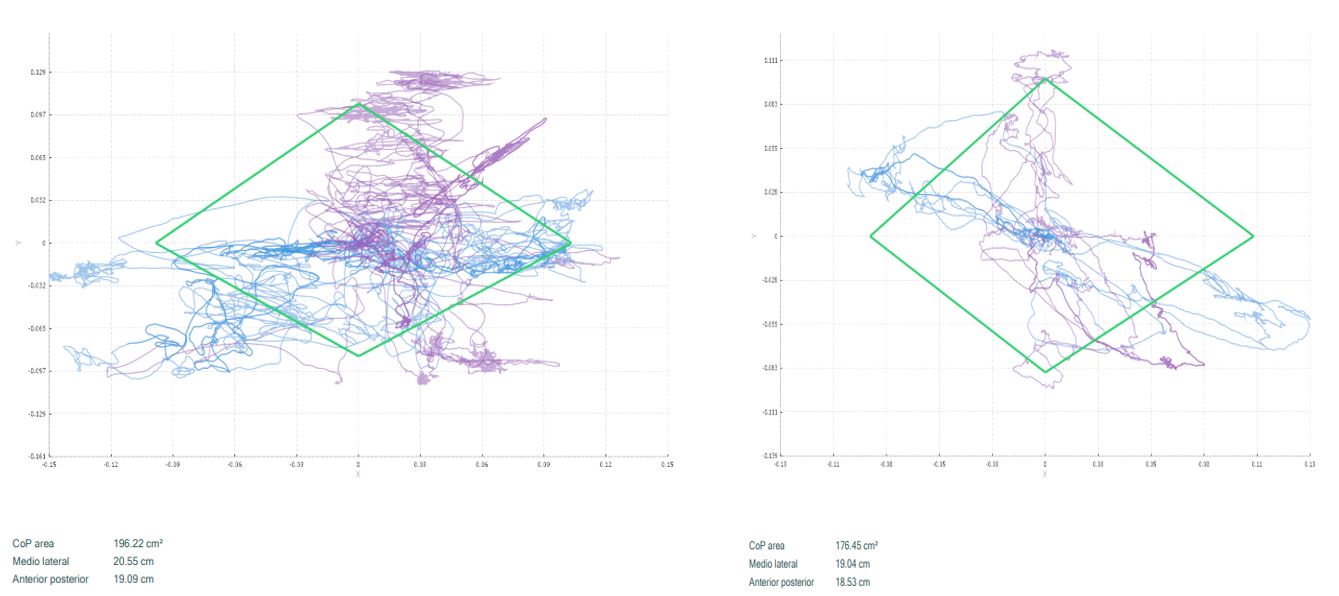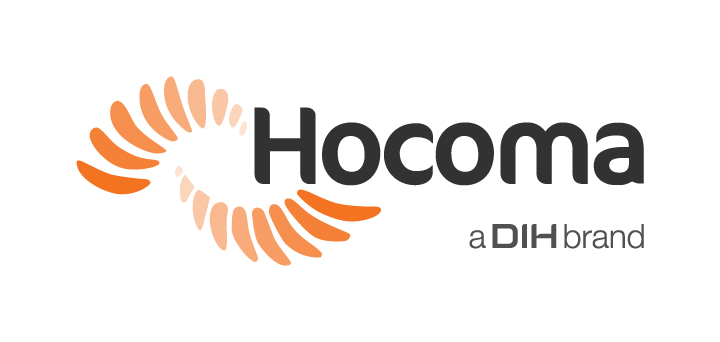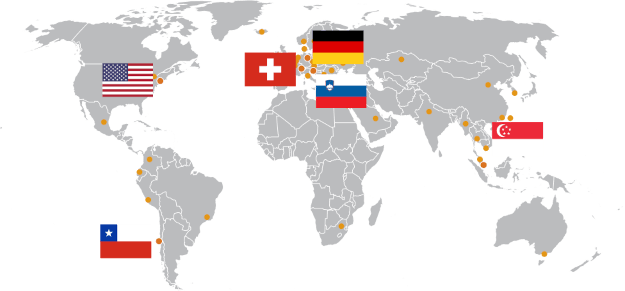July 7, 2021
The use of C-Mill VR+ for balance and gait adaptability training with a patient with chronic traumatic brain injury

Image 1: From right to left: Hasan Ali AKTAŞ (PT), Ahsen ERDOĞAN (PT), Hayrullah AKINCI (PT), Dr. Nurten KÜÇÜKÇAKIR (Physical Medicine and Rehabilitation), Rafet AKAR (PT), Mr. Dr. Nermin ÇALIŞIR (F.D. Neurology), Anıl YILMAZ (PT), Gizem ERSOY (PT), Beyzanur TEFENLİ (PT)
Romatem Physical Therapy and Rehabilitation Hospital, Bursa, Turkey
We would like to share our clinical experience with a chronic patient that suffered a traumatic brain injury.
In 2020 the patient applied to the Romatem Bursa Physical Therapy and Rehabilitation Hospital for the purpose of rehabilitation more than 8 years after the incident. An intensive training combining conventional therapy and also robotic therapy, including the C-Mill VR+, was provided in our facility for months.
The patient’s experience with improved outcomes, even after 8 years after his incident, and the improvements in efficiency, gestion of resources and time motivated us to share how the C-Mill can be incorporated into a program with this patient population.
Patient History/ Anamnesis
Mr F D is a 44 year old man.
In December 2011 he had an accident with a 3.5 ton load felling on him. He suffered multiple trauma including traumatic brain injury including annular hemorrhages in multiple areas. There were fractures on the skull base and facial bones. He was in the intensive care unit in a coma for 4 months, and after 7 months he was able to sit with support, but could not stand up. Surgeries were performed on the ears, eyes and left arm.
The initial assessment at the time of application to the Romantem Bursa Hospital in February 2020:
- Muscle strength is 5/5 in all the main muscular groups of the 4 extremities.
- Deep Tendon Reflex (DTR ) is normoactive in all foci, no pathological reflexes.
Balance examination:
- Bilateral dysmetria, dysdiadokokinesis, more prominent on the left
- Tandem stance test and tandem walk test could not be performed
- Not possible to stand on one leg
- While walking, there is a tendency to ataxia and backward fall in all directions
- Risk of falling without support is very high
- Sitting and standing transfers cannot be done alone
- Both eyelids cannot be closed secondary to the operation, eyeball movements are restricted in all directions: fixed and midline and vision 3/10.
The patient started an intensive rehabilitation program in Romatem Bursa Hospital with 4 to 7 days a week therapy, 2 to 3 sessions a day.
Treatment with the C-Mill VR+
In October 2020 the patient was included in the balance and walking rehabilitation program with the C-Mill in addition to other rehabilitation programs. The C-Mill training was combined with conventional physical therapy (transfers training, mobilization, stretching, conventional gait training with different walking aids), gait and balance training with the Andago and occupational therapy.
The C-Mill program included sessions of 40 min repeated 2-3 times a week for a total of 17 weeks:
- On November 12, 2020, in the 3rd week the patient was able to perform walking sessions on carpet and soil floors in the garden by increasing self-confidence and motivation (Video 1).
- January 2021, the patient started to be able to take a bath alone and to do his personal hygiene.
- After February 2021, the patient started to walk the distance between his room and the rehabilitation hall, with the support of someone.
- After April 2021, the new goal was to walk in crowded areas, to go to the hospital cafeteria and garden with a patient’s friend (Video 1).
Video 1: rehabilitation of the patient at the Romatem Bursa Hospital
The first day of the C-Mill therapy the balance assessments (postural stability and limits of stability) and the gait assessment were performed on the device. Other walking and balance tests were also done like Tinetti balance and walking test, Berg balance scale, Tandem stance and gait test, and functional ambulation classification. The same tests were repeated after 8 weeks and again 17 weeks later.
The patient refused to do the International fall efficacy scale: FES-1 at the weeks 1 and 8 because he felt demoralized; this was due to not being capable of performing the functional activities required for assessment against the scale. In March he was finally assessed and achieved an FES-1 total score is 36/64 (Table 1).

Table 1: patient progression on the different functional scales during the C-Mill therapy program.

Figure 2: graphic representation of the patient progression on the functional scales: Tinetti, Berg and FAC.

Figure 3 (left): Limits of Stability Assessment. Initial representation in December 2020.
Figure 4 (right): Limits of Stability Assessment. Final representation from March 2020.
C-Mill Training
Due to balance limitations it was not possible to do the C-gait assessment on the first session.
The stepping stones was one of the chosen protocols on the C-Mill for the patient training (video 1). When doing this protocol for the first time the values of the patient own gait pattern were taken in consideration and not many changes were done to the stone position. The patient midstance was not always on the stone, specially on the left side (Figure 5). On the following sessions some modifications were done using the protocol settings in order to modulate the gait pattern of the patient, these modifications included:
- Changes on the step length- in the beginning the step length was small and in the next sessions the distance between the stones was increased. The patient improved his capacity of “walking on the stones”, his midstance on the left and right side was each time more inside the stone (Figure 5).
- Decrease of the width of the stones (Figure 5).
- Changes on the treadmill speed- during the first sessions, a treadmill speed of 0.6-0.7 km / h was selected and the patient could walk for 4 minutes needing to stop to rest. On the following weeks, the patient’s endurance started to increase significantly so the treadmill speed was increased to 1-1.2 km / h and the walking time was gradually increased to 6 min-8 min and finally 10 min.
In the first days the patient needed to support himself with both hands on the handrails. After 4 weeks, he could walk with one hand support in stepping stones protocol for 10 minutes without disturbing his balance.

Figure 5: Progression of the patient during the stepping stones protocol
In general the team could observe that the use of the C-Mill contributed to an improvement on the different outcomes:
- Gait symmetry (CoP Gaitogram – Figures 6). During walking on the C-Mill the Centre of Pressure (CoP) is registered by the force plate. The profile of the CoP is a repetitive trajectory in the shape of a butterfly. With the use of this butterfly some characteristics of the gait pattern can be derived. In the figure 6, it is possible to compare the patient’s CoP Gaitogram in December 2020 and March 2021. The butterfly in March 2021 has a more symmetrical shape reflecting a more symmetrical gait pattern..
- Balance (Berg and Tinetti scale – Figure 2)
- Walking capability (FAC – Figure 2)
- Gait endurance (longer walking training sessions), initially 10 minutes with the help of two therapists and lately 40 min with a therapist supervising the training

Figure 6: Progression of the symmetry on the COP Gaitogram – Butterfly
Conclusion
The team faced some challenges during the implementation of the treatment plan of this patient mainly due to the patient’s easy fatigue and the high risk of falls, then the low level of attention and concentration of the patient was easily disrupted with external stimulus causing a lower general performance on the balance and gait exercises.
On the C-Mill the team found solutions to these challenges. The gait disturbance induced by external stimuli was significantly reduced while working with the C-Mill because of the virtual and augmented reality and the auditory sounds and cueing. The use of the harness without restricting the patients movements provided a safe environment for the patient significantly reducing his fear of falling. Seeing the improvement in walking and steps in the front screen and treadmill and tracking the improvement on the printout report made a significant contribution to the patient’s motivation.
Despite all these advantages for the patient’s treatment, a chronic patient receiving rehabilitation after 8 years of the incident, the use of the C-Mill VR+ also promoted efficiency, the patient’s training with the C-Mill required the supervision of a single physiotherapist while before at least two physiotherapists where needed for a safe standing and walking training. The patient with the C-Mill increased the walking time from 10 minutes to 40 minutes. With the use of the C-Mill in the patients treatment plan it was possible to use the workforce and time effectively.

About us
Romatem Physical Therapy and Rehabilitation Hospital was founded in Samsun in 2005. Today the Romatem Hospitals are located in Bursa, Samsun, Kocaeli and İstanbul (Turkey) as well as in Baku (Azerbaijan).
Romatem Hospitals offer the best medical care with experienced physicians, physiotherapists, nurses and the other medical experts to enhance and restore health, functional ability and quality of life by combining medical expertise with sophisticated science and technology.
www.romatem.com
This clinical experience report is meant to serve as an example of how the C-Mill VR+ are integrated into one particular rehabilitation center. It is not necessarily a standard recommendation from Hocoma.


